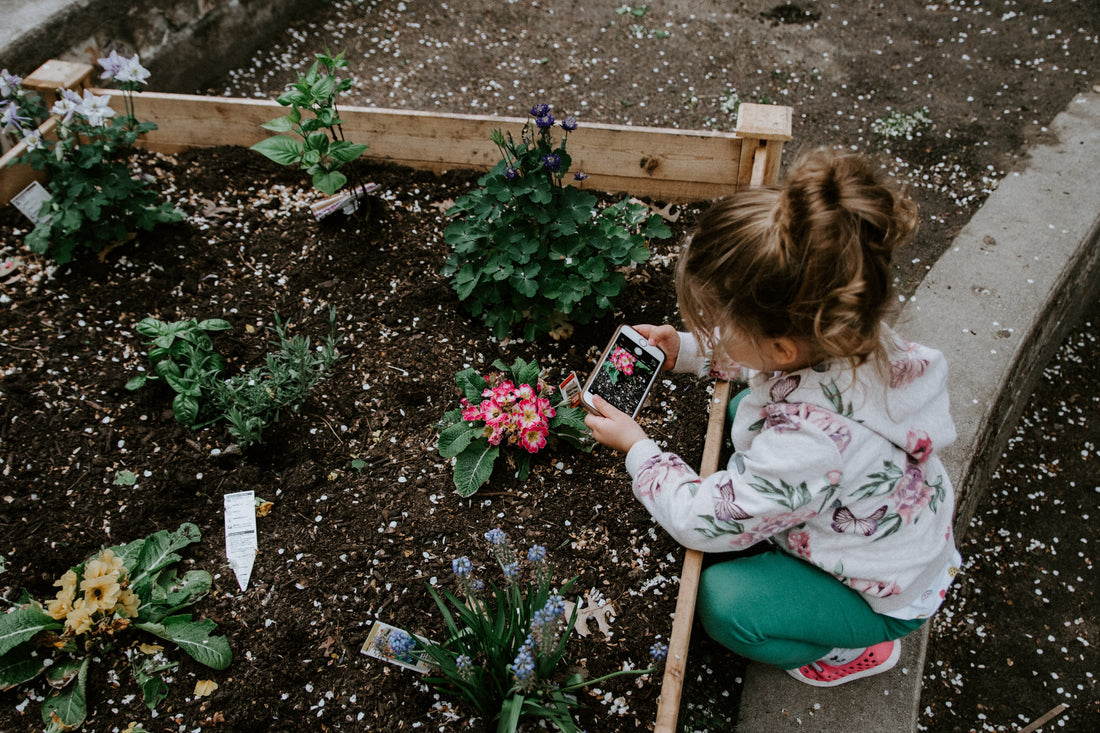
The Origin of Kindergarten
Share
Many of our academic careers began in a new classroom after a parent dropped off a scared young child for their first day of kindergarten. What would follow over the following school year included reading Dr. Seuss story books, coloring holiday-themed activity sheets, playing inside and outside, and most importantly, naptime. We also learned how to make friends and many learned how to read. What is not part of kindergarten is actual gardening, although that is a proven method for children to learn.
The dictionary definition of kindergarten describes it as a class that children take as preparation for 1st grade. This is a traditional view of a classroom where children gather to learn colors, shapes, and make hand turkeys for thanksgiving. However, the etymology of kindergarten traces it back to German. It is a combination of two words which are actually very familiar in English: Kinder means kids, and garten means garden. The original vision of kindergarten was the classroom as a garden of children, where each child was a flower and needed nurturing in order to grow.
Coincidentally, gardening is an excellent way for children to learn. In addition to science, class gardens can be used to teach math, history, and language arts. In the following activity, students of all ages will be able to learn science and feel the accomplishment of growing something successfully.
Save up some old paper towel or toilet paper rolls. These rolls are cardboard and are perfect for growing sprouts that can then be easily transplanted into a garden or into pots in the garden. At the bottom of each tube, make four cuts about an inch long to make four tabs.
Take these newly created tabs and fold them over each other to seal up one end of the tube. Fill the tube with soil being careful not to pack the soil in too tightly. The soil should fill the tube but not be packed in. Use a finger and press down on the surface of the soil to make a hole about an inch deep. This will be where we will place the seeds to start growing.
Since the original vision of kindergarten was a garden where children grow like flowers, we will use marigold seeds for this activity. Place two to three seeds into each freshly made hole and cover them up with some soil. Now gently spray the surface with some water, enough to wet the soil, but not so much that puddles form on the surface. You may find that the tubes have a hard time standing individually. To fix this take three or four tubes and use some twine to tie them together. This will allow them to stand together.
Since the seeds are in a cardboard tube, they will need to be transplanted soon into a more permanent container, such as a large pot or into an outdoor garden. With daily watering and plenty of light your marigolds will sprout in a few days and give you a full-fledged bloom in about eight weeks.
